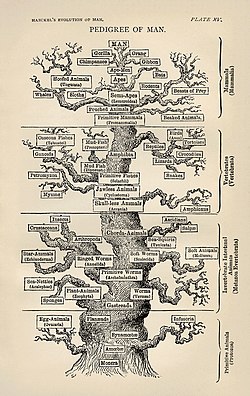

The Jack Hills are a range of hills in Mid West Western Australia. They are best known as the source of the oldest material of terrestrial origin found to date: Hadean zircons that formed around 4.404 billion years ago. These zircons have enabled deeper research into the conditions on Earth in the Hadean eon. Potentially biogenic carbon isotope ratios have been identified for graphite embedded within a 4.1 billion-year-old zircon from the site. [1] [2]

